
views
- Register for a sales certificate and check out nearby flea markets, inquiring about rent before registering for a booth and getting inventory to sell.
- Arrive early to set up your booth; make sure it has a return policy posted, organized merchandise, and a variety of display areas.
- Take more than one payment method to maximize sales, rearrange merchandise regularly, offer great customer service, and be willing to haggle.
Registering as a Flea Market Vendor
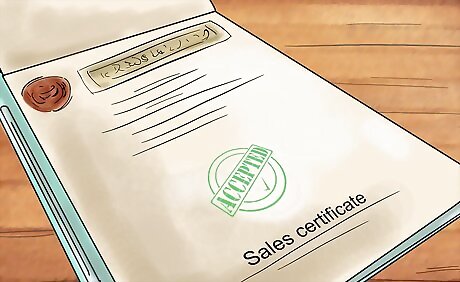
Register for a sales certificate. The exact documentation you’ll need is different in every state, but you’ll have to register for a sales or tax permit with your state's Tax Department. This basically allows you to charge sales tax on your sales. Almost all states require that you have these to sell at a flea market, and the flea market will likely require them as well. You must obtain the tax certificate before you plan on selling, although how far in advance depends on the state. Some states have different types of tax certificates – some are the same no matter how long you’re selling for, some issue temporary certs depending on how frequently you sell. When in doubt, ask the flea market you’re selling at – they can usually tell you what you need.
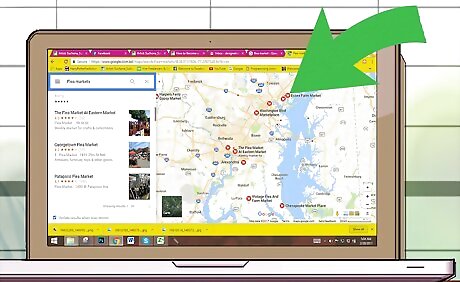
Check out nearby flea markets. If you live in an area that has multiple flea markets, you might want to spend a few weekends checking them out and deciding where you’d like to sell. If there’s only one flea market near you, you should still go – it will give you some necessary information before you begin selling there. Look to see where the booths are set up and where the most traffic comes through. Note what other vendors are selling and for how much. You’re likely to be more successful if you’re selling something not many people have or, if you are, if you sell at comparable prices.
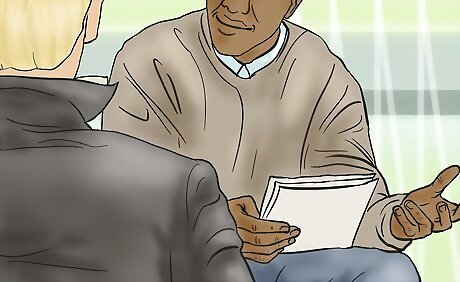
Ask what booth rent is. All flea markets will charge you a fee to rent booth space in the market. This rate varies from market to market, so make sure you know what that rate is up front. Some markets have daily or monthly rates. If you’ve never sold at a flea market before, you might want to pay for just one day until you know if you want to commit to a full month. Some markets also have booth space in a covered area. They charge more for these spaces, but you’ll be protected from weather.
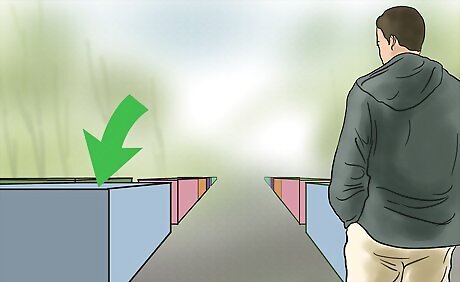
Decide where you’d like your booth to be. Checking out the flea market you want to sell at before you register for a booth is helpful because it can help you find the best spot for your booth. It’s best to be near the entrance and in an area where there seems to be a lot of foot traffic. You might not get your first choice of booth, so make sure you give yourself a few options.
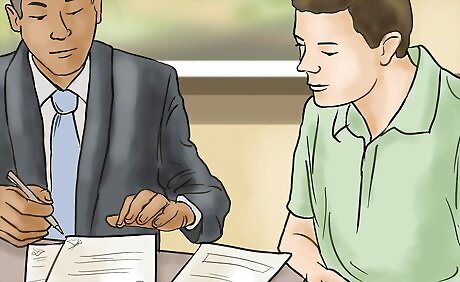
Register for a booth. Once you’ve decided which flea market you’d like to sell at, find out how you go about registering for a booth and reserving your space. Some flea markets will let you pay and reserve a spot in advance, and some give out booth space on a first-come-first-serve basis. Make sure you know how your flea market does it. If your flea market assigns booth space on the same day as you’re selling, try to get there early to increase your chances of getting the best spot.
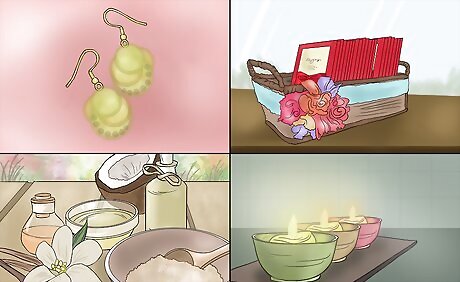
Acquire inventory. If you already make a product – jewelry, soap, or candles, for example – you should make sure you have enough product stored up to sell. You don’t want to get to the market and run out right away. If you don’t make a product, you can acquire inventory by purchasing items from garage sales and thrift stores. A good way to start an inventory is by hosting your garage or rummage sale at the flea market. Bring all of the stuff you’d sell at a garage sale and sell it from your booth instead. This gives you inventory to start with and also eliminates the need for you to advertise the garage sale – flea markets will advertise themselves.
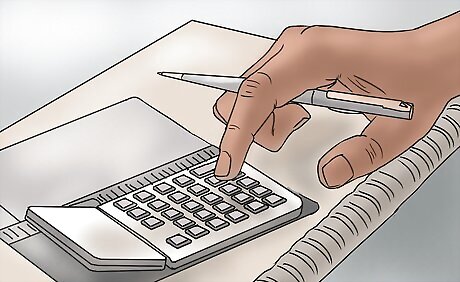
Calculate prices. You want to make sure that you can make a profit on the things you sell. You should calculate ahead of time how much it cost you to make (or buy) the products you’re selling and then how much of a profit you’d like to make off of them. Adding those two amounts together will give you your selling price.
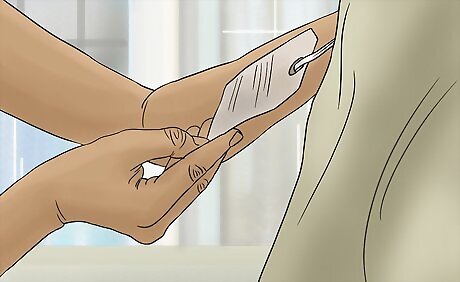
Price all of your items. Once you’ve calculated prices for your inventory, make sure you have clearly marked prices on all of your goods. You don’t want to get to the flea market, have someone ask you how much something is, and then realize you have no idea.
Setting up Your Booth
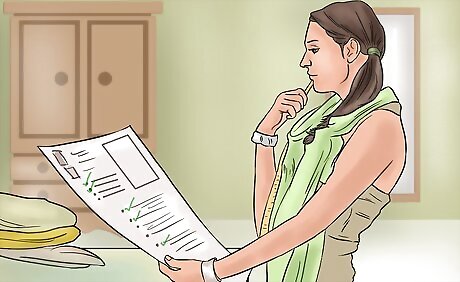
Acquire supplies. You’ll need quite an extensive list of supplies to get your booth prepped for your first sale. You’ll need a table (or tables) to display your goods, a chair (for you to sit on while you’re selling), coverings for the table, racks if you sell clothes, pens, shopping bags for your customers, a calculator and cash box, a receipt book, any display cases you might want to use, and umbrella if it rains (or a canopy if you can afford it), hand sanitizer, business cards, and stuff to keep you occupied. Make sure you know the exact measurements of your booth before you get your supplies together. You don’t want to arrive at the flea market only to discover that you can’t sell anything because your tables don’t fit. Check with the flea market to see if they have a list of prohibited items, or rules about booths are decorated.
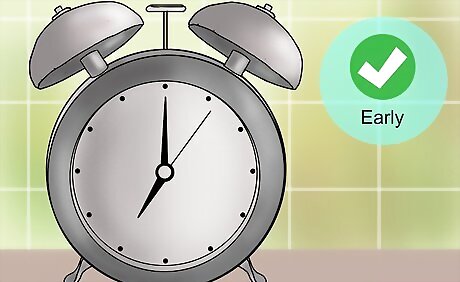
Arrive early. You can assume that customers will be ready and waiting to hit the booths as soon as the flea market opens. That means you might need to arrive at the flea market quite early to have enough time to prep your booth and make sure you’re ready to sell.
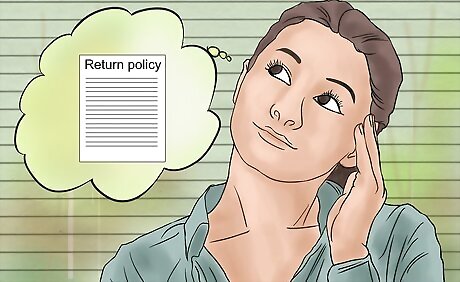
Post your return policy. Make sure that you have a return policy – do you accept same day exchanges or returns? Do you require a receipt for returns? Are all sales final? – figured out before someone asks about it. It should also be clearly displayed in your booth so that your customers can see it.
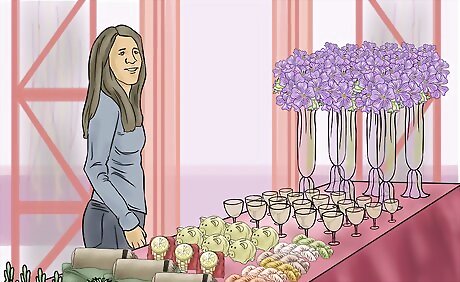
Organize your merchandise. Even if you don’t sell one type of item, you can keep your merchandise organized by placing similar items together. So all the clothing should be grouped together – by size – all of the jewelry, all of the knickknacks, etc. This will help your customers more easily find what they’re looking for.
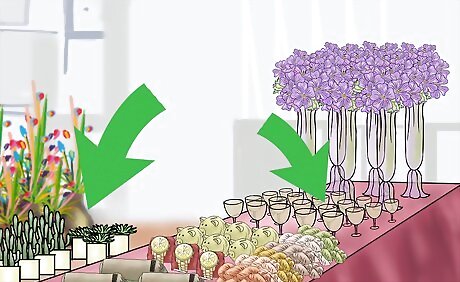
Create different display areas. Since you’ll be covering your table with a cloth, you can use a lot of different objects to adjust the height of your display in different places. Boxes are a good way to add height and highlight merchandise you think might sell well. You can also use whatever bins or crates you use to transport your merchandise to the flea market.
Selling at Your Booth
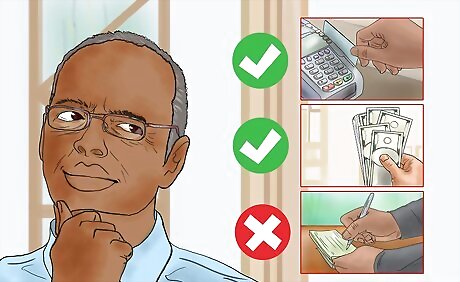
Accept more than one payment method. With things like Square, it’s easy to take credit card information right at your table, so you’re not restricted by cash-only sales. It also has the added benefit of creating receipts that you can send directly to your customers, rather than having to handprint one. Opening a business checking account lets you accept checks, too, but you might take a check only to find out there’s insufficient funds. Unless you have a way to follow up in such a situation, you might want to avoid accepting checks.
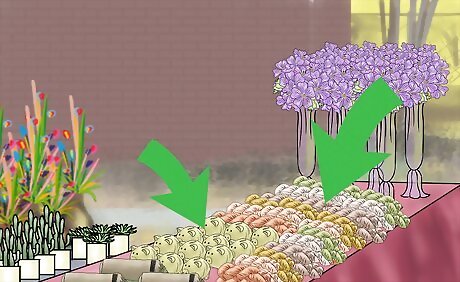
Rearrange merchandise regularly. If you notice some of your merchandise isn’t getting much attention or if you notice that something is getting a lot of attention but is buried in the back of your booth, rearrange your merchandise. You should also rearrange your merchandise as you sell it, either by restocking or rearranging what you already have out so you don’t have an obvious bare spot. Don’t rearrange too often, however. You don’t want a customer to come looking for something they saw earlier in the day and then not be able to find it.
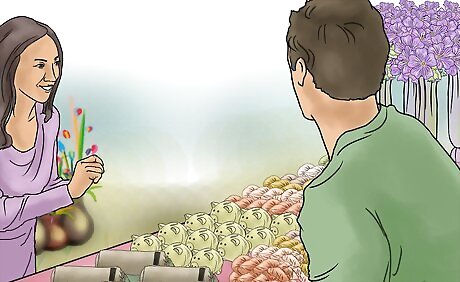
Give good customer service. People will be more likely to come to your booth and look around at what you have if you seem open to conversation. Look – and actually be! – willing to answer your customer’s questions or describe the certain characteristics or value of particular items. Be careful not to be too aggressive, though. If you’re constantly asking your shoppers if they need anything, it’s likely they’ll get annoyed and walk away. Give them time to look before you start telling them about products.
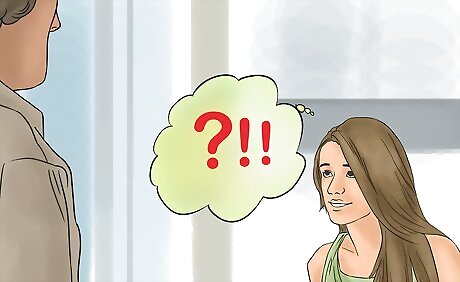
Be prepared to haggle. Some people come to flea markets expecting the prices on merchandise to be a starting point for haggling, rather than a set price. Not everyone does this, but some people will. Know ahead of time how much you’re willing to come down on prices and what your absolute minimum is, and don’t be afraid to stick to it.


















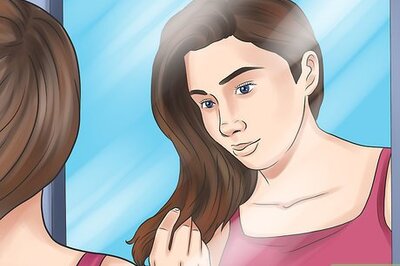

Comments
0 comment